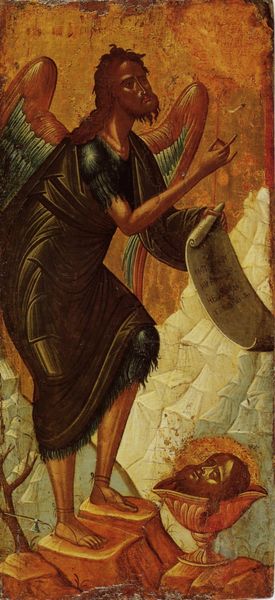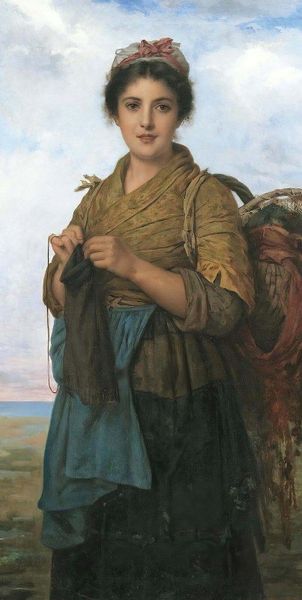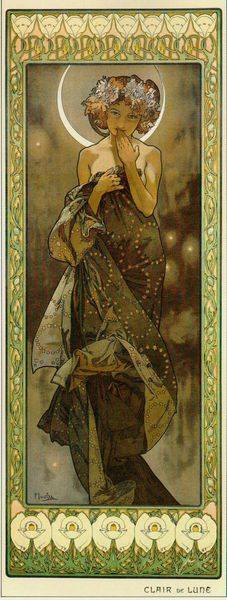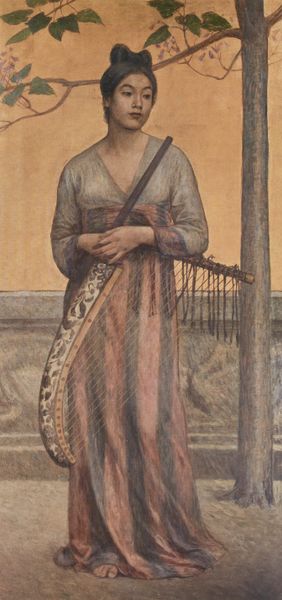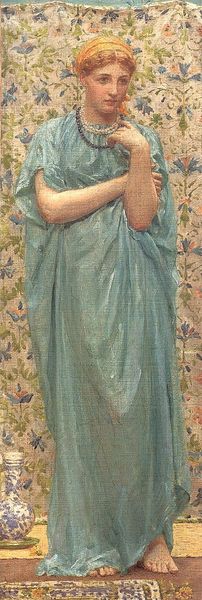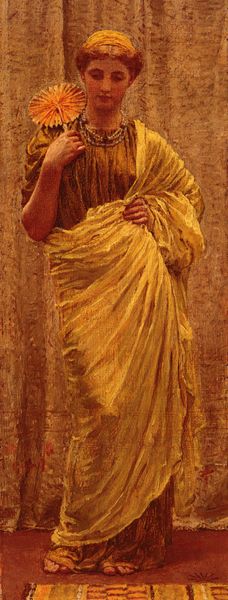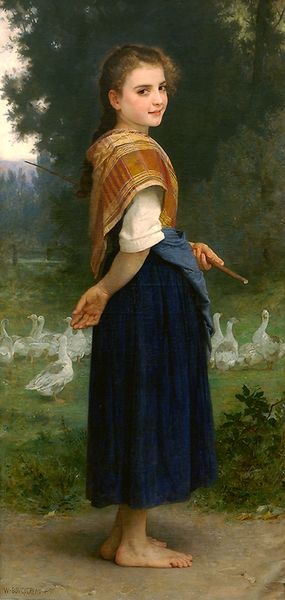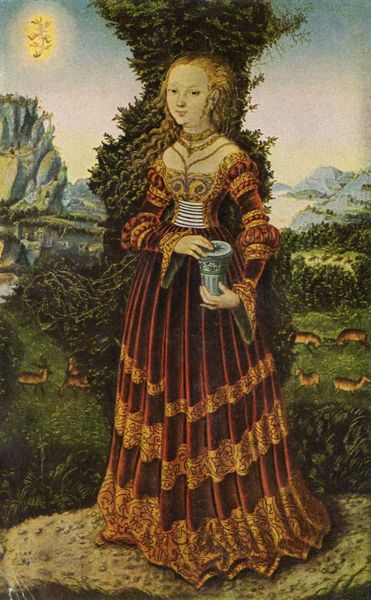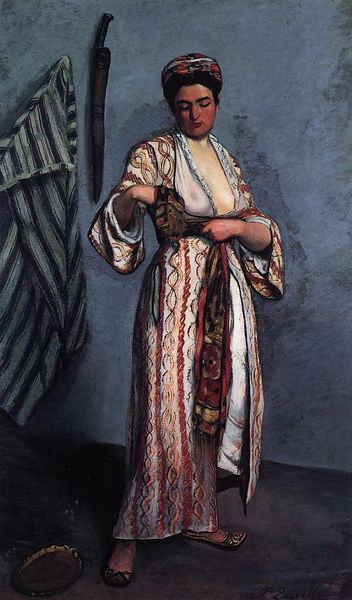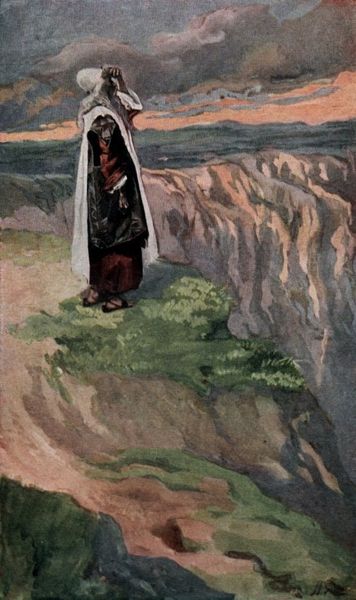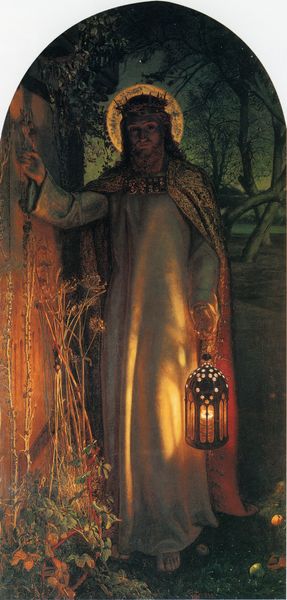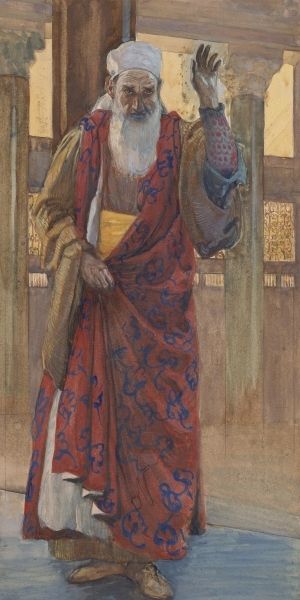
painting, oil-paint
#
portrait
#
narrative-art
#
painting
#
oil-paint
#
landscape
#
oil painting
#
animal portrait
#
genre-painting
#
pre-raphaelites
#
realism
Dimensions: 37 x 82 cm
Copyright: Public domain
Curator: William Holman Hunt's, "The Afterglow in Egypt," an oil painting held at the Ashmolean Museum in Oxford. It is from the 19th century, part of the Pre-Raphaelite movement. What is your first impression? Editor: Dusk. It smells of straw and the promise of milk, like a memory half-faded. It's quiet, self-contained but… something isn’t settled in my soul after looking at it, something like loneliness hangs in the afterglow. Curator: Hunt, typically focused on religious subjects and morality, steps into Orientalism here. We see a peasant woman returning home, and what initially reads as serene holds layered historical contexts, touching upon the Western gaze towards the East. Editor: The woman herself seems a bit overburdened—carrying birds in a cage, holding an urn, all while trying to keep this calf nearby and the calm look she's managing in itself suggests to me the weight she's probably had to bear her whole life. I wonder, does the realism glorify or humanize? Or both? Curator: That's a very poignant reading. It's difficult, isn't it? The level of detail Hunt employs aims for accuracy but inevitably carries the lens of its time. The Pre-Raphaelites wanted an alternative to stylized academic painting, however there are elements of artistic license, as there always are in any historical artwork. Editor: It seems almost cruel in a way, such beautiful light cast upon what one presumes is an already arduous and routine day to day…The stark details and vivid colours…is it truth, or theatre? Curator: Precisely. These very concerns were hotly debated within art circles. Hunt sought to use realism to uncover truth, aiming for objective representation… while operating within cultural limitations, of course. Editor: She looks burdened and powerful… maybe he has caught her truth… or maybe just her perfect poise? Regardless, the painting gives me plenty to consider long after the colours fade behind my eyelids. Curator: The complexity and ambiguity make it compelling, I think. It sparks conversation, hopefully challenging us to see beyond the surface and recognize how intertwined are our perceptions. Editor: Agreed. Thank you for untangling some of its complex histories; it will inform the afterglow for me moving forward, now.
Comments
No comments
Be the first to comment and join the conversation on the ultimate creative platform.
